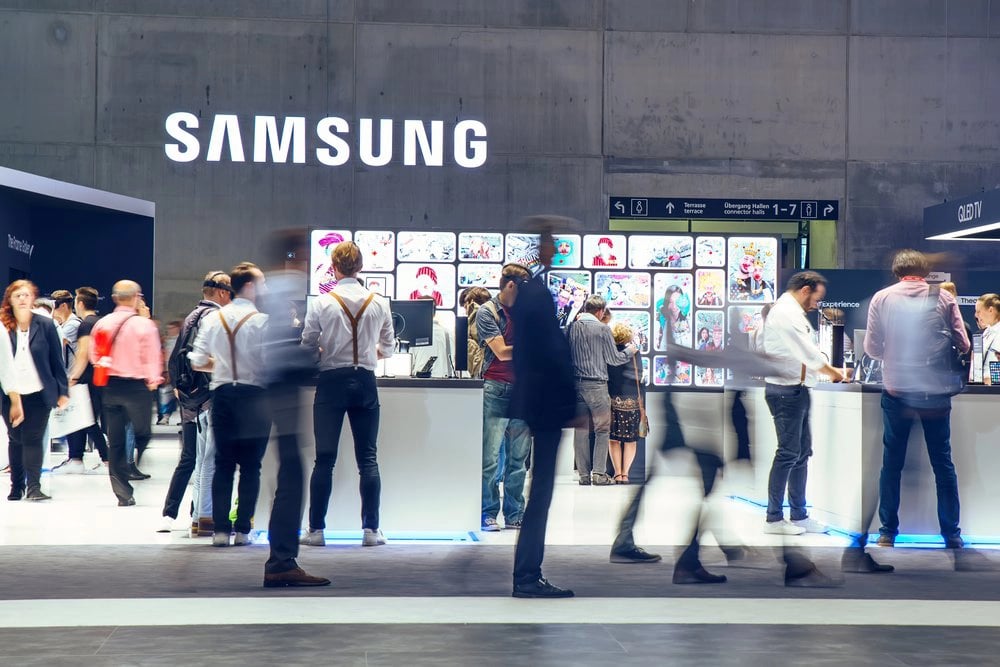Samsung Electronics Faces Global Headwinds: U.S. Tariffs Cast Shadow Over Smartphone and Semiconductor Outlook
Samsung Electronics $005930.KS, a dominant force in the global tech industry, has revised its outlook for the current quarter amid mounting external pressures. Despite a modest increase in operating profit in Q1 2025, the South Korean tech giant warned of growing risks linked to U.S. trade policies. These factors may weigh heavily not only on Samsung’s internal performance but also on global supply chain dynamics.
Smartphone Sales Lose Momentum
Samsung reported a decline in smartphone shipments in Q2, with multiple underlying factors contributing to the slump. Chief among them is persistent uncertainty surrounding U.S. tariff policies. An early-year spike in demand—driven by fears of potential price hikes—offered a temporary boost in Q1. However, this preemptive buying trend seems to have subsided, leading to a drop in sales volumes heading into midyear.

Semiconductor Division Faces Unstable Terrain
Samsung's critical semiconductor segment is also feeling the heat. While demand for standard memory chips remained stable in the first quarter, its AI-focused chip operations continue to struggle. Trade tensions and export control measures from the United States are injecting volatility into what has traditionally been a growth engine for the company. Samsung now expects ongoing uncertainty in its semiconductor business throughout 2025.
Five Pressures Shaping Samsung’s Short-Term Future
U.S. tariff policy — a central risk that could dampen demand across key product lines.
Decline in smartphone shipments — an early sign of waning consumer appetite.
Losses in AI chip development — ongoing underperformance in a strategic sector.
Front-loaded demand in Q1 — short-term gains unlikely to be sustained.
Global macroeconomic instability — including inflation and currency fluctuations.
A Complex Web of Market Forces
Rising geopolitical tensions, particularly between the U.S. and China
Intensifying competition in the smartphone market, especially from Chinese brands
Ongoing disruptions in global logistics and supply chains
High capital expenditures for next-generation technologies (e.g., 3nm processors)
Post-pandemic shifts in consumer demand for electronics

Conclusion
Samsung Electronics finds itself at the crossroads of macroeconomic pressure and geopolitical disruption. The company’s modest first-quarter success was largely driven by early demand in anticipation of stricter U.S. trade measures. However, its long-term stability now hinges on Samsung’s ability to adapt to an evolving global landscape—one defined by technological transformation and shifting international policy.















Comments
The transaction highlights the increasing importance of forward-thinking strategies in shaping the future of automation